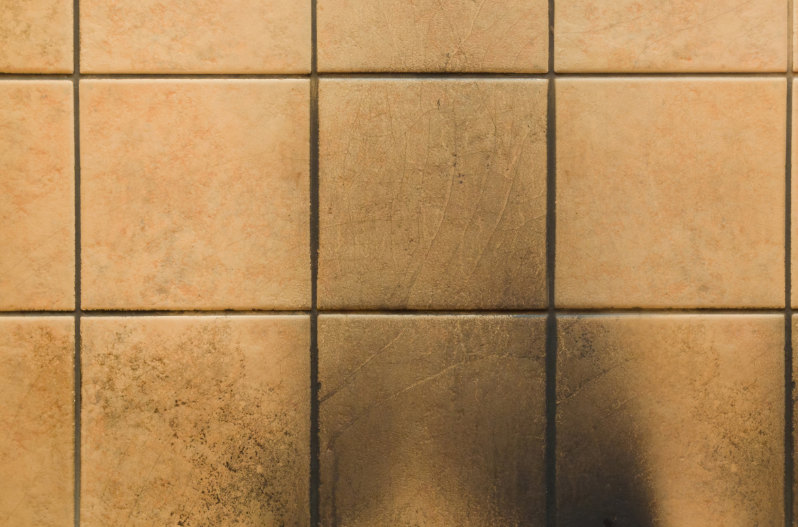Do you have black stains on your walls after a fire? Those stains are caused by soot released during the fire. From what soot is made up of to where it comes from, we cover all the basics of soot problems.
What Is Black Soot From Fires Made up Of?
Soot is made up of fine black particles when something does not completely burn during a fire. It is mostly made up of carbon but may contain low levels of tar, acids, dust, or carcinogens.
Depending on what is burned in the fire, it can feel dry and powdery or slick and oily. Soot is also ionized, meaning it will stick easily to almost any surface. This makes it extremely difficult to clean.
Where Does Soot Come From?
Soot comes from any fire but is most common when wood, oil, coal, or plastics burn. The flames cause airs drafts, allowing the fine particles to float away before they finish burning. As a result, it can spread much further than the fire itself, causing damage throughout your home.
What Is Different Between Soot and Ash?
Like soot, ash is also made up of mostly carbon and other compounds that did not burn completely during a fire. However, ash particles are much larger than soot and are usually grey or white. They are almost always dry, powdery, or even papery.
What Causes Soot?
Most black soot on walls is caused by fires, however, it can also build up over time under the right conditions. Aside from fires, here are other common causes of soot in your home:
- Burning Candles – Candles release a small amount of black soot the entire time they are burning due to the candle wax. Scented candles release more than unscented ones.
- Melting or Burning Plastic – Plastics are made from polymers that release a huge amount of soot and carcinogens.
- Cooking Food – All cooking causes a small amount of soot, but grilling, searing, and broiling will create more. This will build up over time and leave black stains on your walls.
- Burning Wood in a Fireplace – While your chimney will allow most soot to escape, some will leave stains around your fireplace.
- Furnace Puff Backs or Malfunctions – Although unlikely, a furnace puff back or malfunction can release a large amount of black soot into your home.
- Appliance Malfunctions – This is most common with gas appliances, but even electric ones can cause soot.
From black soot stains on your walls to complete fire damage restoration, call 1-877-941-2788 for a fast, free quote and reliable soot damage cleanup.





